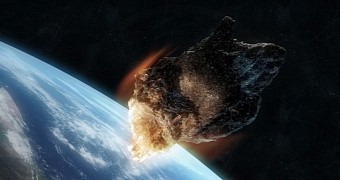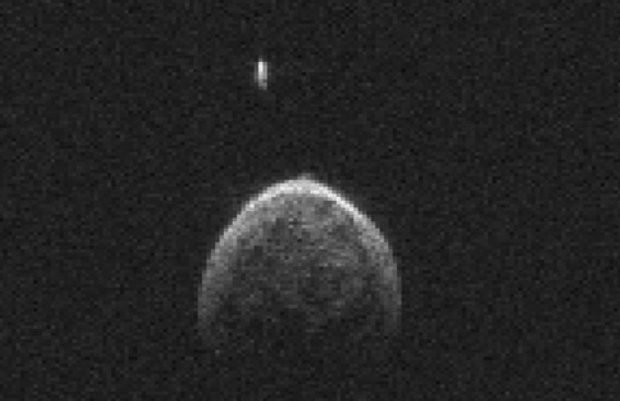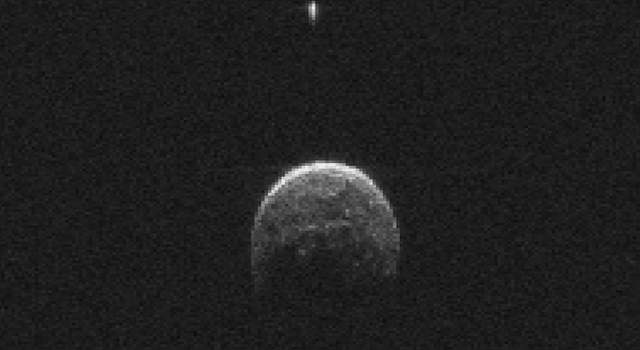Yesterday, a massive asteroid buzzed by our planet. The space rock, dubbed 2004 BL86, was imaged with the help of NASA's Deep Space Network antenna at Goldstone, California, as it approached and then moved further away from Earth.
One of the radar images obtained by this mammoth antenna, which measures some 230 feet (70 meters) across, was shared with the public just hours ago, together with a short animation detailing the space rock's anatomy.
Both the image and the animation are available below. As explained by scientists with NASA, they show asteroid 2004 BL86 in a resolution of 13 feet (4 meters) per pixel. True, they are not all that clear, but astronomers are quite excited about them.
It turns out the asteroid is not traveling alone
The space rock that flew by us yesterday, January 26, made its closest approach at 16:19 UTC, when it came within 745,000 miles (1.2 million kilometers) of our planet. This distance is the equivalent of 3.1 times the one between Earth and the moon.
Having had the chance to take a close look at it, astronomers concluded that the asteroid measures about 1,100 feet (325 meters) across at its widest point. What's interesting is that, as revealed by the images shared by NASA, the space rock is not traveling through the cosmos alone.
On the contrary, it is accompanied by another celestial body whose diameter at its widest point is one of about 230 feet (70 meters). That's right, the space rock that visited us this past Monday has a moon all of its own. Pretty cool, right?
Mind you, astronomers say that asteroids that have their own moon are not all that uncommon. On the contrary, it is estimated that about 16% of the near-Earth such space rocks that have so far been studied and that are at least 655 feet (200 meters) across have a moon, sometimes even two.
The asteroid will not make another close approach for centuries
Having compiled and analyzed information concerning this massive space rock's orbit, NASA scientists found that it will be at least a couple of centuries before 2004 BL86 once again comes freakishly close to our planet. This makes yesterday's visit all the more attention-grabbing.
“The trajectory of asteroid 2004 BL86 is well understood. Monday's flyby was the closest approach the asteroid will make to Earth for at least the next two centuries,” astronomers who have taken the time to study this space rock write in a statement.
Just in case anyone was wondering, we will have to wait well over a decade to witness another asteroid this size fly by our planet. As explained by NASA, “The flyby of 2004 BL86 will be the closest by any known space rock this large until asteroid 1999 AN10 flies past Earth in 2027.”

 14 DAY TRIAL //
14 DAY TRIAL // 



